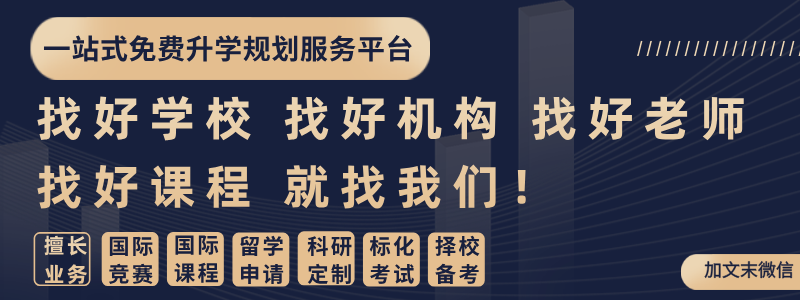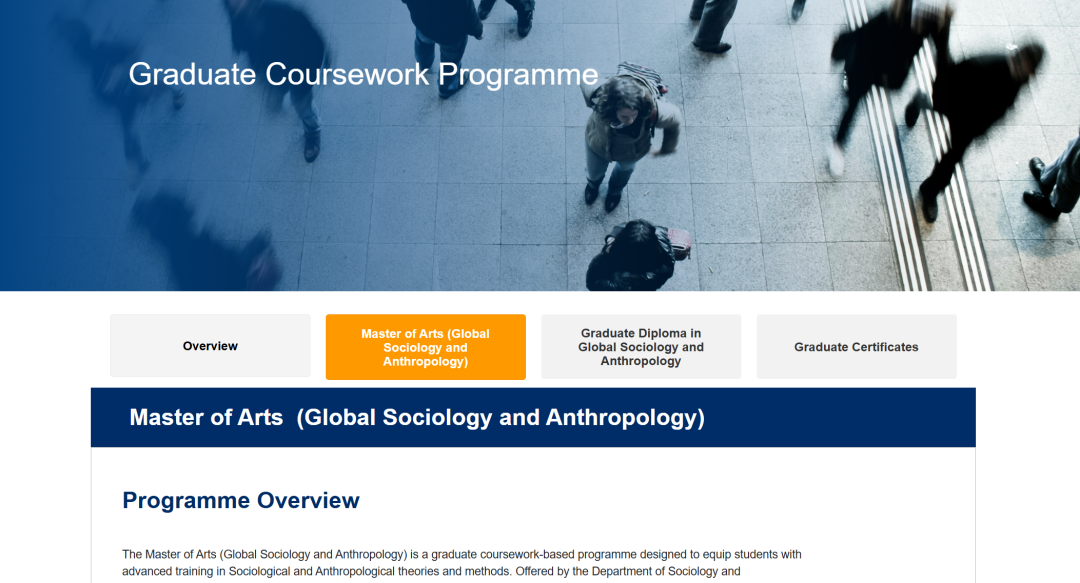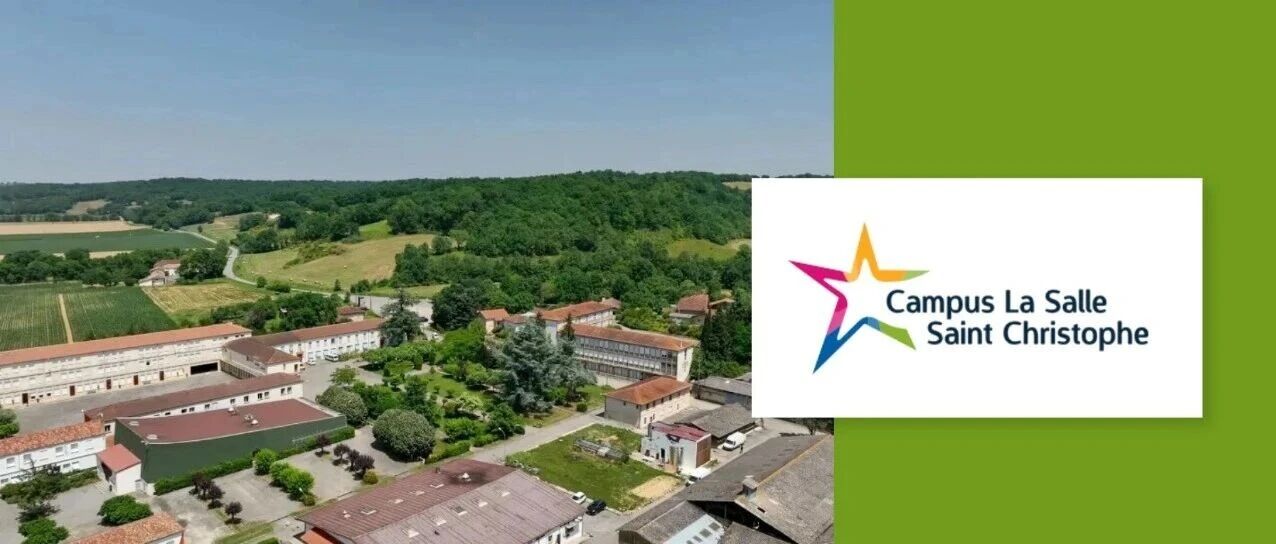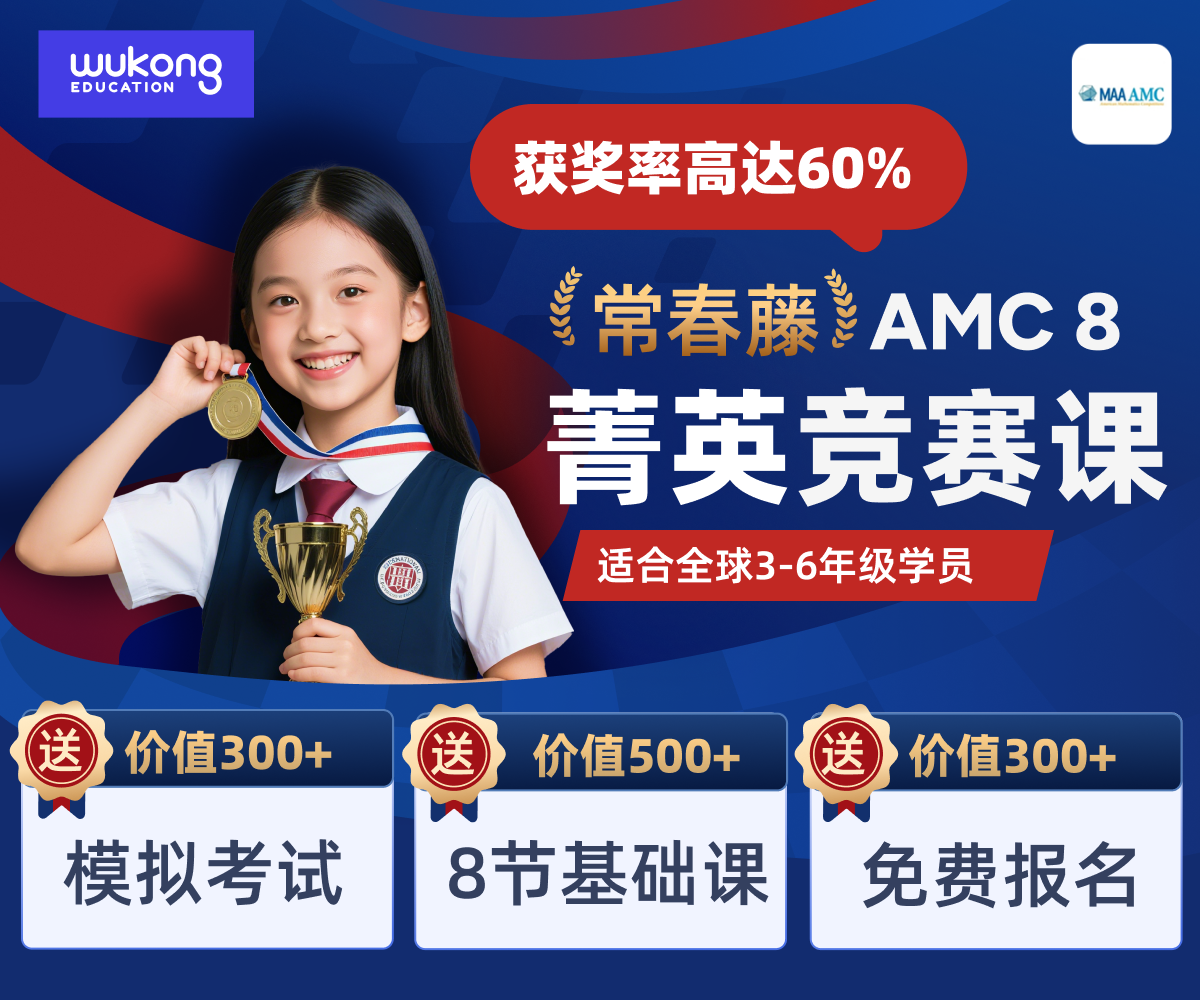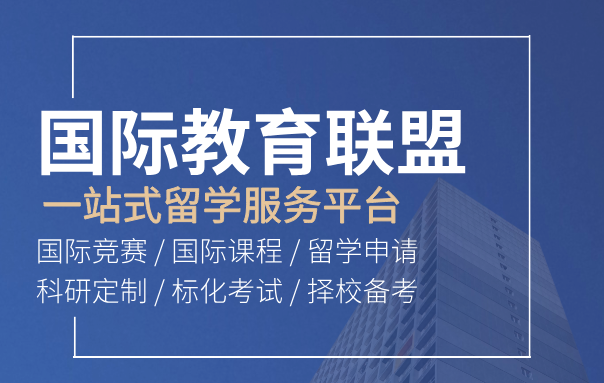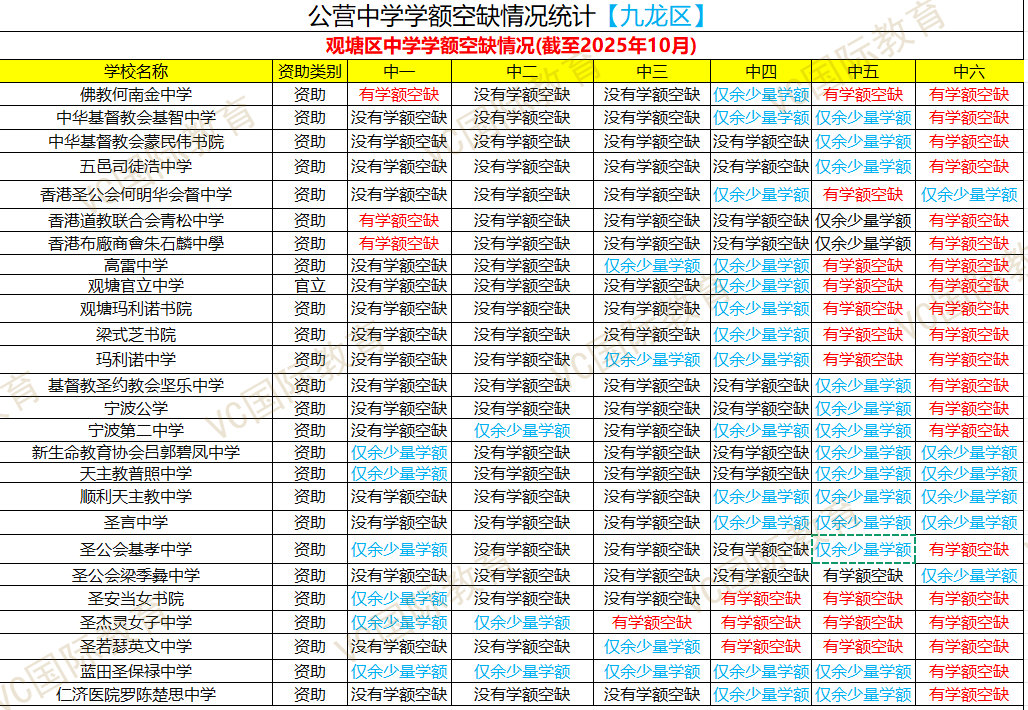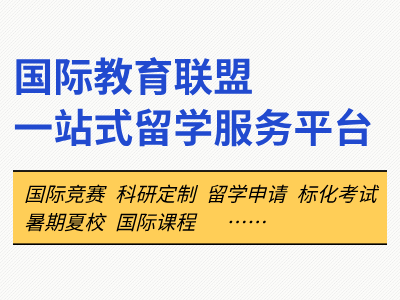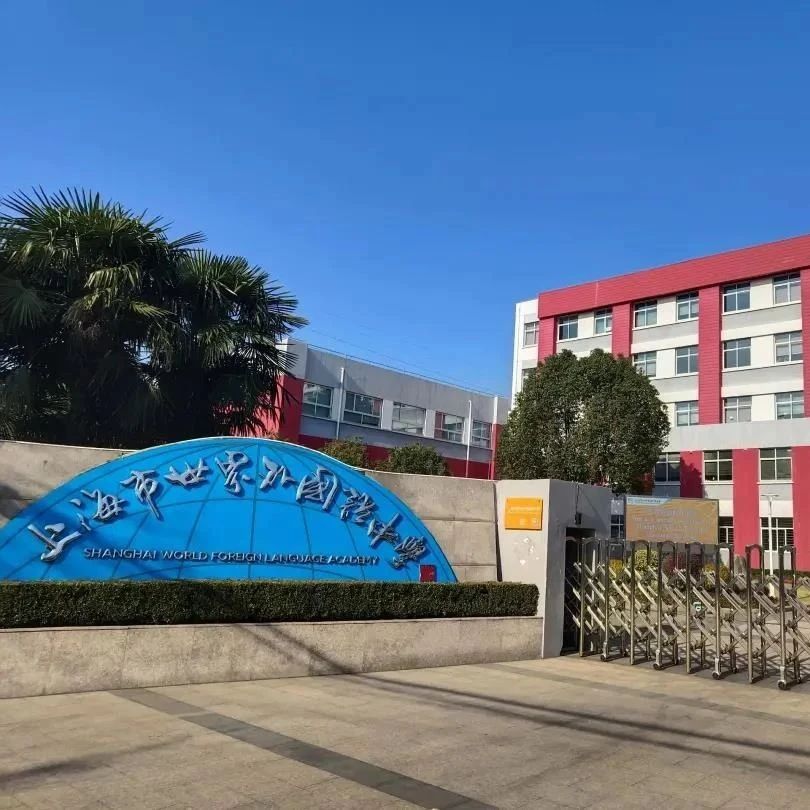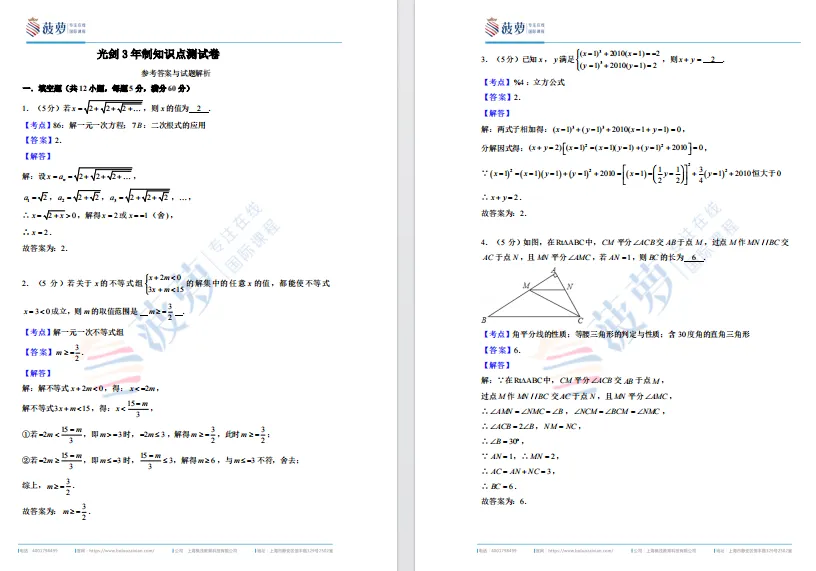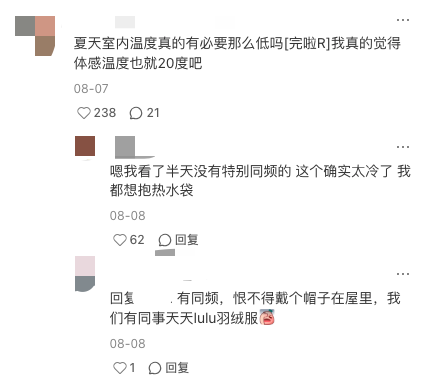本周2026Fall早申就要截止了,临近申请前,大家认真审查下自己的申请材料,还需要哪些收尾完善,刘老师给大家分享一个MIT学子的申请文书,仅供大家参考。
学生为2027届MIT学子,以下来自学生的分享:
我本来想写一篇给高中毕业生的申请建议文章,但发现很难把自己代入那个阶段的心境。因为我现在回头看那几年,和当时完全不一样。当时我对高中最后两年有点厌倦,但现在读着当年的字里行间,却又珍惜那段时光。
总之,以下是我(当年的)大部分申请文书,以及我20岁时对17岁时自己写的文字的看法。声明一下:这不是“申请建议”本身,但或许我处理题目的方式和写作思路,能给你写文书时一些启发。
学生当时申请MIT,主要是因为那里的“城市科学与规划结合计算机科学”专业,MIT是全美唯一提供这种本科学位的学校。
MIT Essay 1
题目:What field of study appeals to you the most right now? (100/100)
目前哪个研究领域最吸引你?
英文原文:
The application of programming and GIS to visualize pedestrian collision data to advocate for active transportation infrastructure introduced me to the potential of planning + computer science.
I’m eager to study human interactions in the built environment and data as a change agent. By exploring my eclectic interests through Course 11-6—ethics, design, statistics, robotics, and public-policy—I can draw connections between disciplines to tackle challenges: transportation emissions, social and racial bias in data, and urban food deserts.
At MIT, I hope to collaborate with others to innovate and design to advocate for accessible, barrier-free, and sustainable environments that embrace diversity. Teamwork invents.
翻译:
我最初是通过利用编程与地理信息系统(GIS)来可视化行人交通事故数据,从而倡导“积极交通基础设施”,这让我发现了城市规划与计算机科学结合的巨大潜力。
我渴望研究人类与建成环境之间的互动,以及数据作为推动变革的力量。通过Course 11-6课程探索我多元的兴趣——伦理、设计、统计、机器人学与公共政策——我希望跨学科地寻找解决方案,以应对交通排放、数据中的社会与种族偏见,以及城市“食物荒漠”等问题。
在MIT,我希望与他人合作,通过创新与设计推动建设无障碍、可持续、多元包容的环境。合作孕育发明。
作者自评:
我当时写得太“用力”了,尤其是最后一句,看起来像是把一堆流行词硬塞进去。不过从另一个角度讲,我在100字里尽量涵盖了高中阶段做过的事、兴趣点,以及为什么想学城市规划+计算机科学。我喜欢地图、在社区大学上过哲学课、读过残障研究、做过FRC机器人项目、也关注地方政治——这些线索都在这篇短文里体现了。
MIT Essay 2
题目:We know you lead a busy life, full of activities, many of which are required of you. Tell us about something you do simply for the pleasure of it.
我们知道您生活忙碌,活动繁多,其中很多都是您不得不做的。请告诉我们,您纯粹为了享受乐趣而做的事情。 (223/225)
原文:
Strawberries, blueberries, yogurt, almonds, and orange juice. Measure portions, pop them in the blender, and… presto! I love smoothie making.
As a pro-smoothie-maker, I’ve fostered resourcefulness and adaptability. Blending smoothies is kinda like chemistry but I can be significantly more liberal with my experimentation without… accidents. Sometimes, there aren’t bananas for a strawberry-banana smoothie; no worries, just use an apple instead! If there aren’t any ingredients, I’ll bike to the supermarket. As long I can obtain materials, I will have my smoothie.
I’m an avid Mango Lassi enthusiast and connoisseur. Unfortunately, the nearest Indian restaurant is a ways away. Whilst sipping Lassi one evening—perhaps pondering my next—I thought: Why not just make it?
I consulted friends about their recipes, then researched the drink’s ancient history for a cultural perspective to recreate Lassi. I partitioned yogurt, milk, mango, honey, and cardamom spice accordingly, and Mom suggested cinnamon for extra punch. And finally!—after months of experimenting and tasting, I blended a most delectable Mango Lassi.
Smoothies are an enjoyable and relaxing way to exercise creativity while connecting with others. After all, drinks should be enjoyed together—an experience that transcends generational gaps and differences. When my parents and I make breakfast, I’m on smoothie duty. When my little cousins visit, we make milkshakes. I take pleasure in sipping smoothies, communally.
中文翻译:
草莓、蓝莓、酸奶、杏仁、橙汁。称好比例,放进搅拌机,然后——嗖的一声!我喜欢做冰沙。
作为一个“专业”冰沙制作者,我锻炼出了机智与适应力。做冰沙有点像化学实验,但我可以尽情试验而不会……爆炸。
有时候,没有香蕉做草莓香蕉冰沙?没关系,用苹果替代!如果家里没材料,我就骑车去超市。只要能拿到原料,我就一定能喝到冰沙。
我也是芒果拉西的狂热爱好者。不巧的是,最近的印度餐厅离家挺远。有一天晚上,我一边喝拉西,一边想:为什么不自己做呢?
我向朋友请教配方,又查了这款饮品的起源历史,想从文化角度重现它。我按比例调配酸奶、牛奶、芒果、蜂蜜和豆蔻粉,妈妈还建议加点肉桂提味。终于!经过几个月的实验和试喝,我调出了最完美的芒果拉西。
做冰沙是一种放松又有创意的方式,也能让我和他人建立连接。毕竟,饮品最好是大家一起享用的——这是一种超越年龄与差异的体验。
当我和父母一起做早餐时,我负责冰沙;当表弟妹来玩时,我们一起做奶昔。我享受那种一起喝冰沙的快乐。
作者自评:
这篇我写的是“做冰沙”。确实有点刻意(虽然我真的喜欢调饮)。我本来考虑写音乐、骑车、散步、拍照、打游戏……但怕太普通。我的想法是:“选个多奇怪、多特别的主题,能让招生官记住我?”现在想想,这种“极限博弈”没什么必要。这篇文书现在让我有点尴尬又释然,但我仍然喜欢它。
MIT Essay 3
题目:
Describe the world you come from (for example, your family, school, community, city, or town). How has that world shaped your dreams and aspirations?
(正文未展示,但作者解释写了关于自己城市的汽车依赖、同学兄弟被撞、隔离期间骑车的经历,以及如何促使他走向交通倡导和城市规划。)
作者自评:
我本可以写家族、学校、乐团,但我想至少有一篇主文与“城市规划”相关,于是选了这个角度。事实上,这篇也能回应今年的替代题目:“在你的教育旅程中,你是如何走出常规、做出不同寻常的选择的?”对我而言,正是生活在这个城市的经历,引导我走向主动交通和城市规划。
MIT Essay 4
题目:
MIT brings people with diverse backgrounds and experiences together to better the lives of others. Our students work to improve their communities in different ways, from tackling the world’s biggest challenges to being a good friend. Describe one way you have collaborated with people who are different from you to contribute to your community.* (223/225)
麻省理工学院将拥有不同背景和经历的人们聚集在一起,共同改善他人的生活。我们的学生以不同的方式努力改善他们的社区,从应对世界上最艰巨的挑战到成为好朋友。请描述一个你与不同背景的人合作,为你的社区做出贡献的例子。
英文原文:
Last year, my European History teacher asked me to host weekly workshops for AP test preparation and credit recovery opportunities:
David, Michelangelo 1504.
“Why is this the answer?” my tutee asked.
I tried re-explaining the Renaissance. Michelangelo? The Papacy? I finally asked:
“Do you know the story of David and Goliath?”
Raised Catholic, I knew the story but her family was Hindu. I naively hadn’t considered she wouldn’t know the story. After I explained, she relayed a similar story from her culture.
As sessions grew, I recruited more tutors so everyone could receive more individualized support. While my school is nearly half Hispanic, AP classes are overwhelmingly White and Asian, so I’ve learned to understand the diverse and often unfamiliar backgrounds of my tutees.
One student struggled to write idiomatically despite possessing extensive historical knowledge. Although she was initially nervous, we discovered common ground after I asked about her Rohan Kishibe keychain, a character from Jojo’s Bizarre Adventure. She opened up; I learned she recently immigrated from China and was having difficulty adjusting to writing in English. With a clearer understanding of her background, I could now consider her situation to better address her needs. Together, we combed out grammar mistakes and studied English syntax. The bond we formed over anime facilitated honest dialogue, and therefore genuine learning.
翻译:
去年,我的欧洲史老师让我主持每周的AP备考与学分补修工作坊。
“《大卫》,米开朗琪罗,1504年。”
“为什么是这个答案?”我的学生问。
我试着重新解释文艺复兴——米开朗琪罗?教皇?我最后问她:“你知道《大卫与歌利亚》的故事吗?”
我在天主教环境中长大,自然知道,但她的家庭是印度教徒。我没意识到她可能完全不了解。后来我讲完,她又给我讲了一个来自自己文化的相似故事。
随着课程人数增加,我招募了更多助教,让每个学生都能得到更个性化的帮助。我们学校近一半是西语裔,但AP班级几乎全是白人和亚裔,这让我学会理解不同背景学生的处境。
有位学生历史知识扎实,但写作总是不够地道。她起初很紧张,直到我注意到她钥匙链上的“岸边露伴”(《JOJO的奇妙冒险》角色),我们就此聊开。她告诉我刚从中国移民来,还在适应英文写作。了解她的背景后,我能更有针对性地帮助她。我们一起修改语法、练习句法。我们因动漫结下的友谊,让交流变得真诚,也让学习更有意义。
作者自评:
我比较字面地理解了题目(与不同背景的人合作),但其实可以有很多写法。“解决世界上最大挑战”这句最初让我很害怕——我哪儿有做过那种事啊?后来我聚焦在后半句“做一个好朋友”,反而写得更自然。
MIT Essay 5
题目:Tell us about a significant challenge you’ve faced (that you feel comfortable sharing) or something that didn’t go according to plan. How did you manage the situation?
请告诉我们您遇到过哪些重大挑战(您可以坦诚分享),或者遇到过哪些没有按计划进行的事情。您是如何应对的?
英文原文:
Reed Making Journey:
I slathered the string with bee’s wax as I bound the cane to the staple. Three… Nine… Twenty-seven times I wrapped the cane with the spool.
My first reed was crooked, but at least it was something.
Despite regular practice, I failed to make reeds of an acceptable quality, despite studying oboe reed anatomy and reed-making styles. Yet, frustration mounted, as even the slightest misalignment could ruin an entire reed—and, honestly, patience isn’t my strong suit.
New plan: my friend and I decided to experiment with a 7-11 plastic Slurpee Cup. About an hour in, we realized the cup’s diameter was disproportionately large for an oboe reed. Perhaps we should’ve considered that we asked a bassoonist for advice on what size cup to get. We laughed in our failure together, happy to have tried something new and knowing 7/11 would always be there next time… But I still hadn’t made a usable reed.
Time’s up: A few days before a concert, my primary reed cracked. Panicking, I asked my teacher for a reed, but they were unavailable. I cannibalized the old reed for parts and precariously frankensteined a new one. The concert was a success! It certainly wasn’t the best reed ever, but, hey, it was a working reed.
Lesson learned: always have spares…
译文:
制簧之旅:
我涂上蜂蜡,把竹片绑在簧座上。三圈……九圈……二十七圈,我一圈又一圈缠着线。
我的第一根簧片是歪的,但至少能用。
尽管我勤加练习,研究了双簧管簧片的结构与制作方法,成果仍不理想。只要稍有偏差,整根簧就会报废——而耐心,恰恰不是我的强项。
于是我和朋友决定试验一下——用7-11的思乐冰塑料杯。一个小时后,我们发现杯子的直径大得离谱,不适合做双簧管簧片。也许我们不该向一个巴松管手请教尺寸建议(笑)。我们在失败中大笑,至少尝试了点新东西,也知道7-11永远等着我们……但我仍没做出一根能用的簧片。
时间到了:演出前几天,我的主簧片裂了。我慌忙找老师求助,但他没空。我只能把旧簧拆了,拼拼凑凑做出一根“弗兰肯簧”。演出成功!虽然它不是最完美的簧片,但至少能吹。
教训:永远要有备用……
作者自评:
我觉得这篇挺可爱,也让我把真正的“伤心往事”留到了申请表的“补充信息”部分。
总结
这些题目对高中生来说真的挺吓人的。MIT的声誉让我误以为必须展示某种“伟大成就”或“改变世界的经历”,其实根本不需要那样。
希望我的文书能反过来证明——就算写的是冰沙、动漫或簧片,也能体现真实的自己。
我妈提醒了我一个关键点——“something that didn’t go according to plan(不如预期的事情)”,让我换了视角去写。如果我早点意识到题目的开放性与主观性,大概能少很多焦虑。


